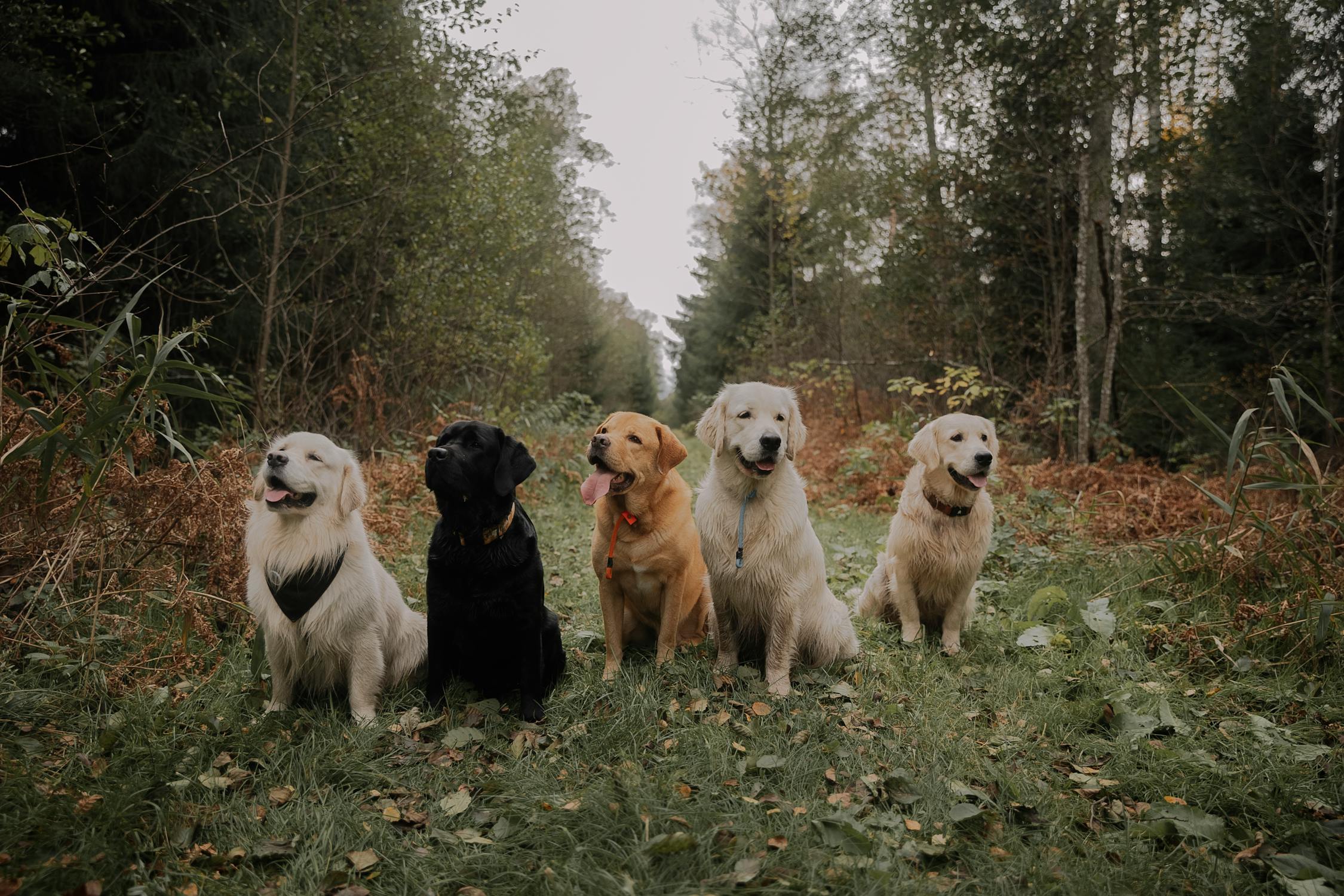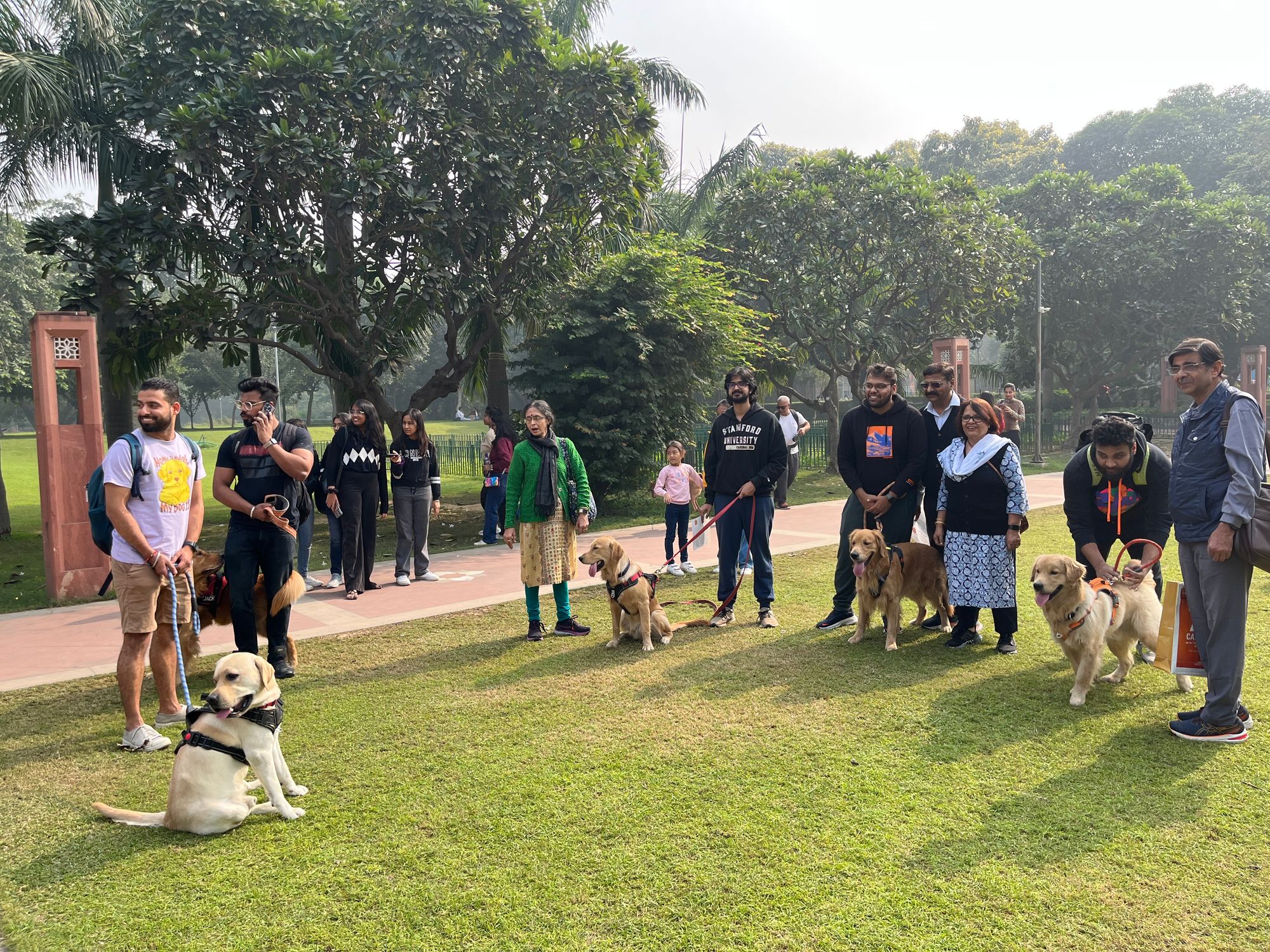As a dog owner or animal lover, understanding the dog language is essential for building a strong bond and ensuring their well-being. Dogs communicate primarily through body language, and learning to interpret their signals can help you better understand their needs, emotions, and intentions.
In this comprehensive guide, we'll explore the fascinating world of dog body language, from tail positions and ear movements to facial expressions and overall posture. Get ready to unlock the secrets of your canine friend's nonverbal cues and become a master in the art of dog communication.
The Importance of Understanding Dog Body Language
Dogs rely heavily on body language as a means of communication, and their gestures and signals can convey a wide range of emotions and messages. By learning to read and interpret these cues, you can:
- Recognize signs of stress, fear, or aggression before a situation escalates.
- Understand when your dog is feeling comfortable, happy, or playful.
- Build a stronger bond with your furry companion through effective communication.
- Identify potential health issues or discomfort based on subtle changes in body language.
- Improve training and obedience by recognizing and responding to your dog's communication signals.
Tail Talks: Decoding the Wagging Wonder
One of the most recognizable aspects of dog body language is the tail. A dog's tail position and movement can convey a range of emotions and intentions. Here's a quick guide to understanding dog tail signs:
High and Stiff: A tail held high and stiff can indicate confidence, alertness, or even potential aggression.

Low and Tucked: A tail tucked between the legs is a sign of fear, anxiety, or submission.

Relaxed and Wagging: A loose, side-to-side wag often signifies happiness and friendliness.

Fast and Stiff Wag: A fast, stiff wag can be a sign of arousal, excitement, or potential aggression.

It's important to note that tail positions should be interpreted in conjunction with other body cues for a more accurate understanding of your dog's state of mind.
Ear Expressions: Listening to the Silent Signals
A dog's ears can also provide valuable insights into their emotional state and level of attention. Here's what to look for:
Erect and Forward: Ears perked forward indicate alertness, interest, and attentiveness.

Flattened and Back: Ears flattened against the head can signify fear, aggression, or submission.

Relaxed and Neutral: Ears in a neutral, relaxed position suggest a calm and content state of mind.

Facial Expressions: Reading the Furry Features
Dogs are incredibly expressive creatures, and their facial expressions can reveal a wealth of information about their emotions and intentions. Here are some common facial cues to watch for:
Relaxed and Soft: A relaxed face with a slightly open mouth and soft eyes often indicates a calm and friendly demeanor.

Tense and Wrinkled: A tense face with wrinkled brows, tightly closed mouth, and hard eyes can signal stress, fear, or potential aggression.

Squinting and Blinking: Squinting or blinking eyes can be a sign of stress, discomfort, or a submissive gesture.

Panting and Licking: Excessive panting or licking of the lips can indicate stress, anxiety, or anticipation.

Body Posture: The Language of Confidence and Submission
A dog's overall body posture can provide valuable insights into their emotional state and intentions. Here are some common postures to be aware of:
Confident and Assertive: A dog standing tall, with a straight back, and their head held high, can indicate confidence and assertiveness.

Submissive and Fearful: A dog with a lowered body posture, tucked tail, and ears flattened back can signal fear, anxiety, or submission.

Playful and Relaxed: A dog with a loose, wiggly body and a play bow (front end lowered and rear end in the air) is likely inviting play and interaction.

Tense and Rigid: A dog with a stiff, rigid body posture and tense muscles can indicate aggression, fear, or discomfort.

Vocalizations: Barking, Growling, and More
While body language is the primary mode of communication for dogs, they also use various vocalizations to express themselves. Here's a brief overview of common dog sounds and their potential meanings:
- Barking: Barking can convey a range of emotions, from territorial warnings and alerts to excitement or demands for attention.
- Growling: A low, rumbling growl is often a warning sign of potential aggression or resource guarding.
- Whining: Whining can indicate frustration, attention-seeking behavior, or in some cases, pain or discomfort.
- Howling: Howling is a natural form of communication for dogs, often used for territorial marking or social interactions.
It's important to consider vocalizations in conjunction with body language and context for a more accurate interpretation of your dog's emotional state.
Putting It All Together: Reading the Whole Picture
While understanding individual body language cues is essential, it's crucial to observe and interpret your dog's overall body language and behavior in context. A combination of signals, such as a tense body posture, flattened ears, and a low-tucked tail, can provide a clearer picture of your dog's emotional state.
Additionally, it's important to consider the context and environment in which the behavior is occurring. For example, a dog may exhibit aggressive body language when guarding their food or territory, but display a relaxed and friendly demeanor in a familiar, comfortable setting.
Building a Strong Bond through Understanding
By learning to read and interpret your dog's body language, you can deepen your bond and strengthen your communication with your furry companion. This understanding can help prevent misunderstandings, reduce potential conflicts, and ensure that your dog's needs and emotions are acknowledged and addressed.
Remember, every dog is unique, and their body language may vary based on their breed, personality, and individual experiences. With patience, observation, and a willingness to learn, you can become fluent in the language of your canine friend and build a lasting, rewarding relationship.
In conclusion, mastering the art of reading dog's body language is an essential skill for any responsible and caring dog owner or animal lover. By understanding the subtle cues and signals your furry companion uses to communicate, you can create a harmonious and fulfilling relationship built on trust, respect, and mutual understanding.









